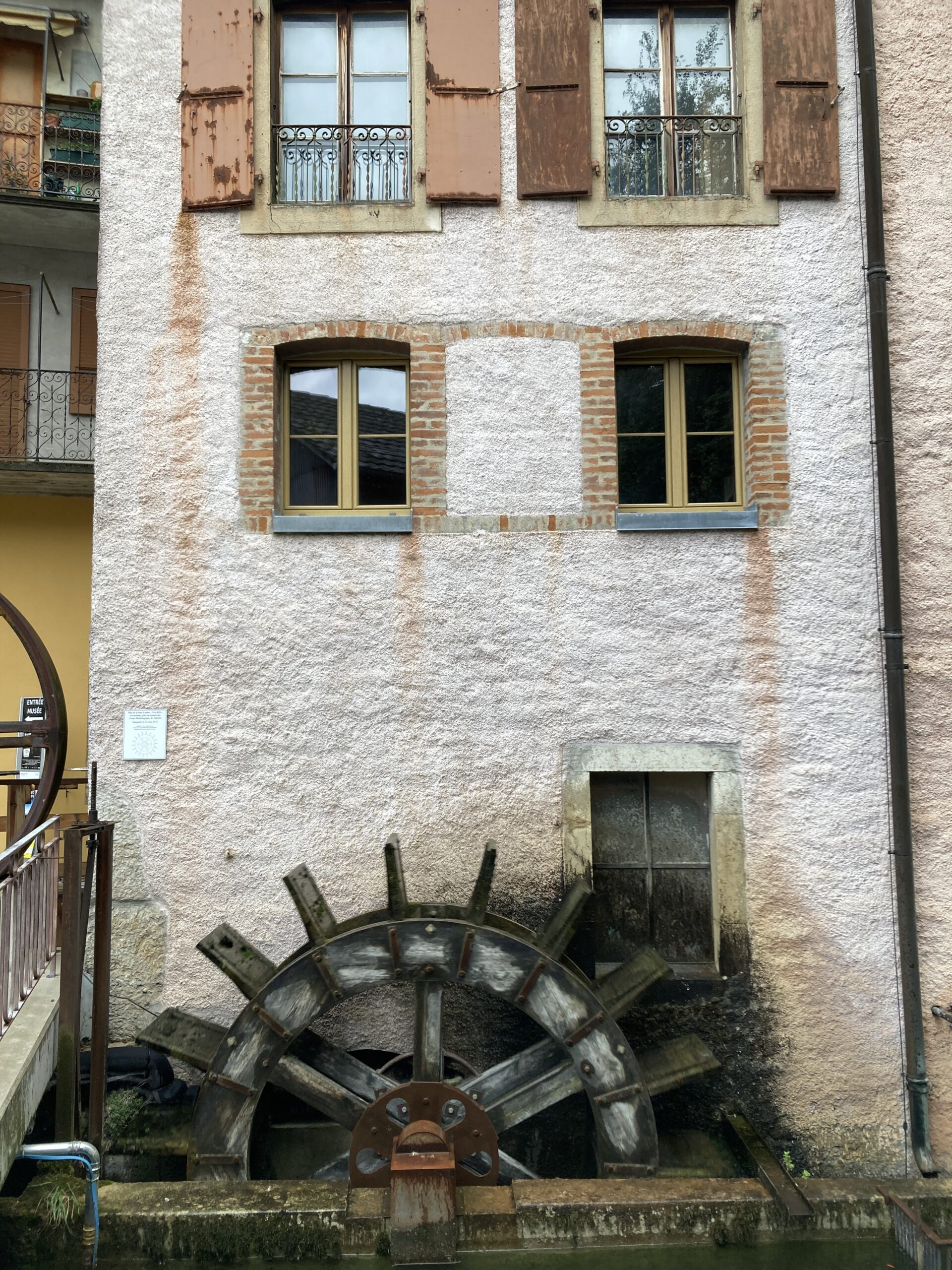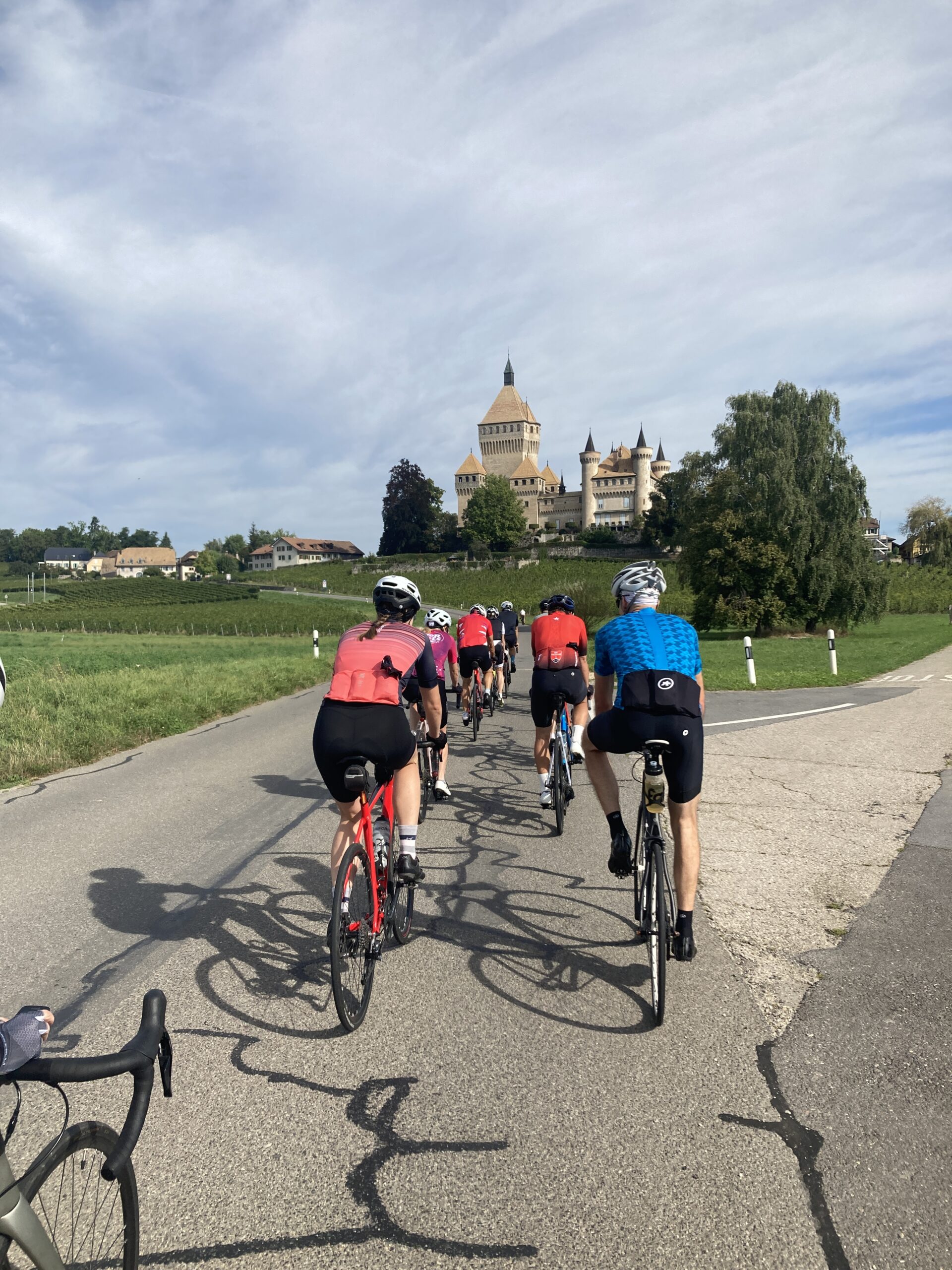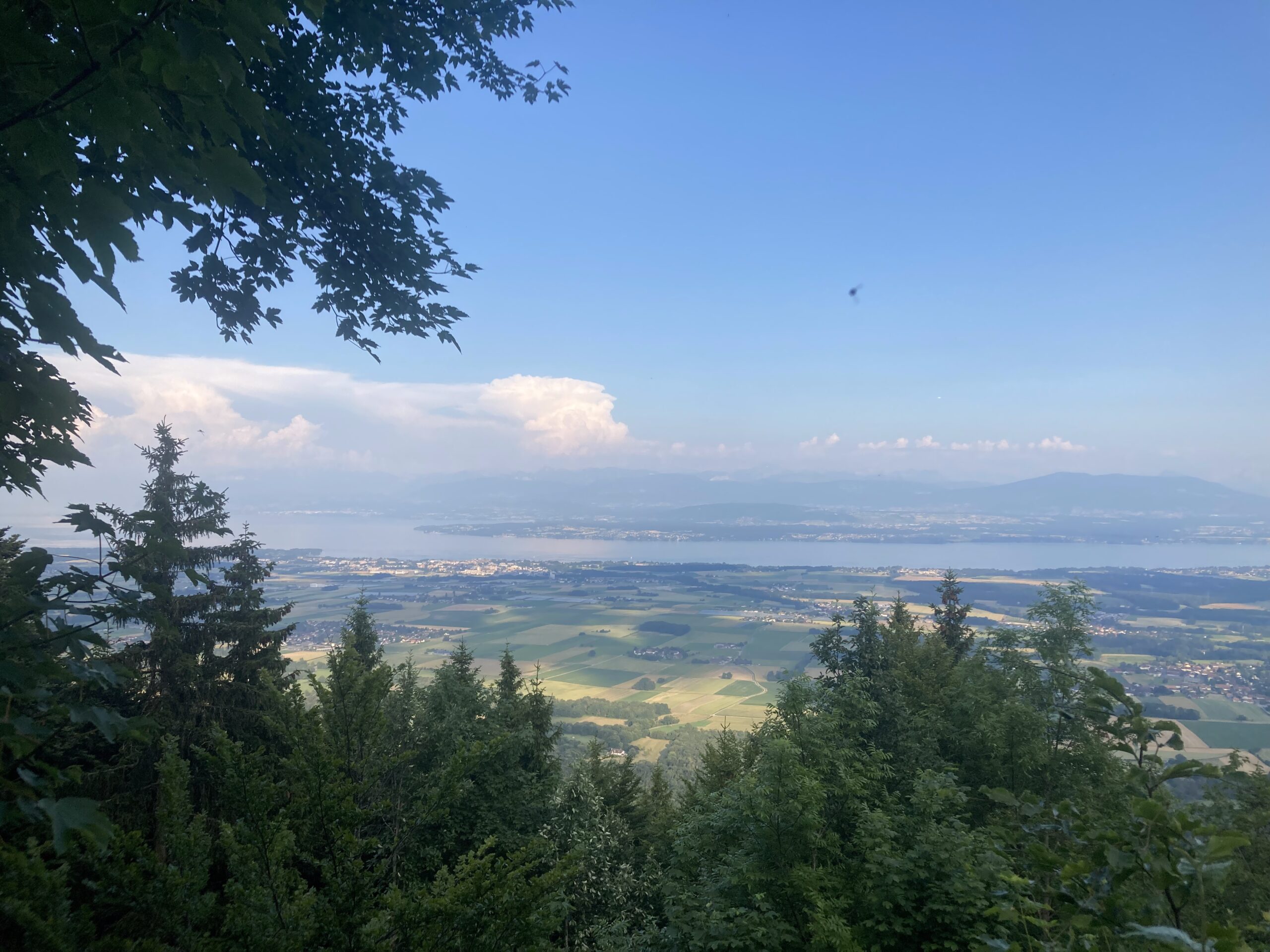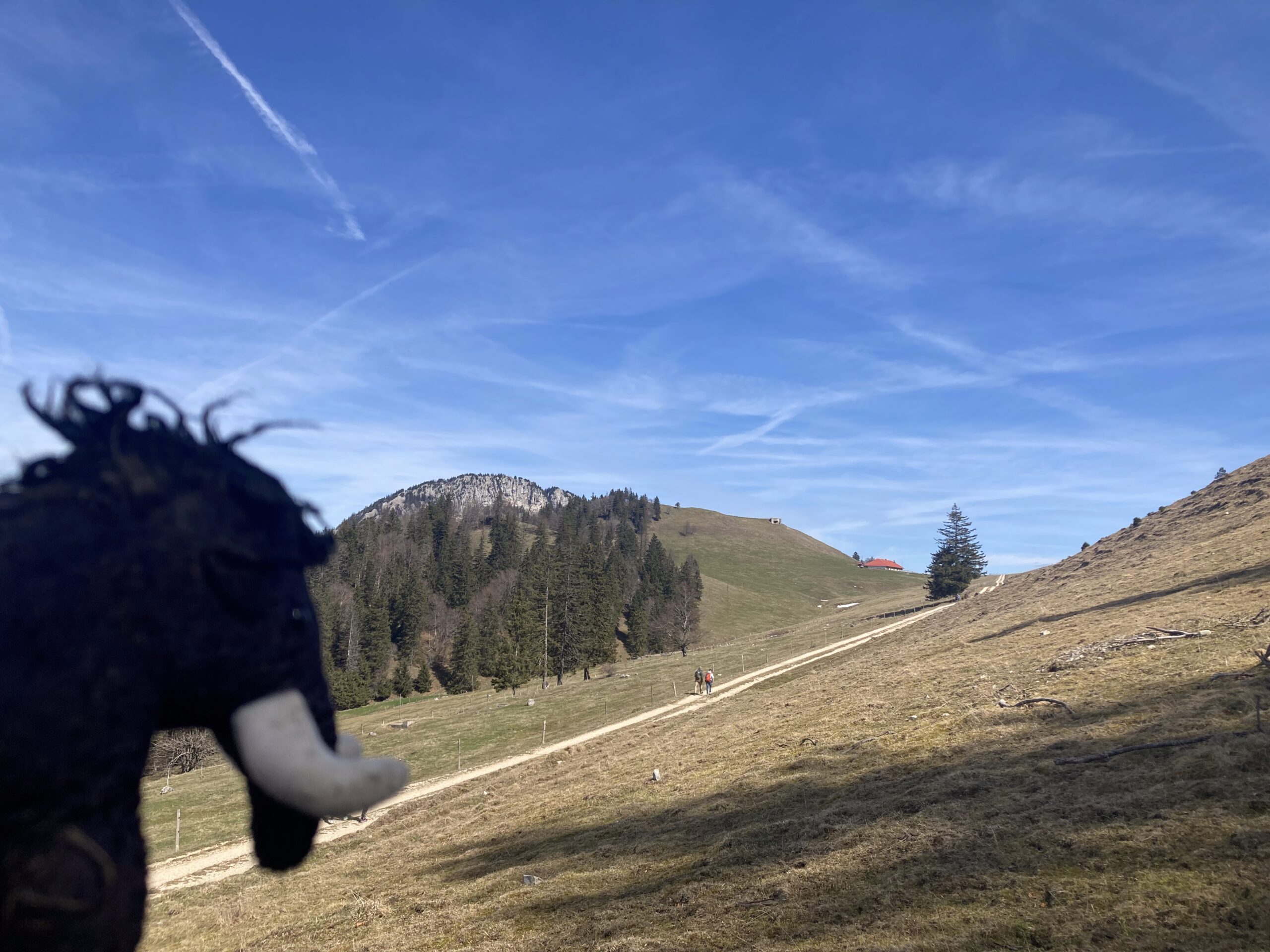Category: Swiss walks
-

My Strava Heatmaps on a Rest Day
Reading Time: 2 minutesToday I am resting. Yesterday afternoon I was planning to go for a bike ride with the easiest group and went with the hardest, after it was recommended that I do this. The result is that today I feel fine, but I’m still taking a rest day. Tomorrow I will have a…
-

La Venue De L’avenir Outdoors in Gland
Reading Time: 3 minutesTwo or three weeks ago a friend asked whether I wannted to go to the outdoor cinema so I thought "maybe" and last night I did. We went to see La Venue de L’Avenir by Cédric Klapisch. Years ago I wrote an essay about Klapisch within the context of the Cinéma de…
-

Cycling with the Varia RTL 515
Reading Time: 3 minutesA few days ago I went on a group ride. I noticed that a high percentage of bikes had bike radars so I checked to see the price of these devices once again. For a year or two I have considered getting a bike radar but didn’t because I found that the…
-

The Relaxed Long Ride Around the Mole and Back Via Mole
Reading Time: 3 minutesYesterday I set off at about 07:20 feeling slightly tired and under the weather. While I rode into Geneva I felt that I couldn’t push too much and I questioned whether I should abort the ride. When I got near Geneva I thought "If I stay in my apartment I will be…
-

A Groupe Ride from Nyon to Les Fruitières with Tête de Course
Reading Time: 3 minutesYesterday we left Nyon through the "secret" passage that takes you from near Place St Martin to the lakeside. We had to take this route because of the défilé des enfants. Roads were blocked so some drivers might have been trapped for an hour or two. On a bike I was blocked…
-

Emergency Contact Infoormation and Incident Detection
Reading Time: < 1 minuteRecently I joined a cycling group and they require us to provide In Case of Emergency Information so that if we have an accident our phone provides people with names and numbers to call. At first I thought "Why would I want this, I have no In Case of Emergency person"…
-

Of Relaxed Rides and Hikes the Next Day
Reading Time: 2 minutesTwo days ago I was cycling with a group and someone commented that the relaxed rides are no longer relaxed and that got me to thinking about organising a real relaxed ride, where the aim is to cycle at 20 on the flat. If I had had this option then I could…
